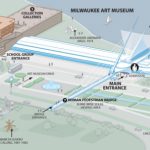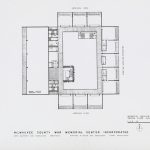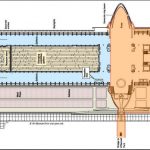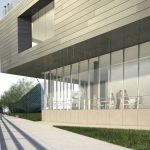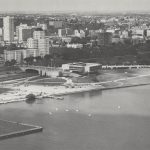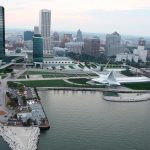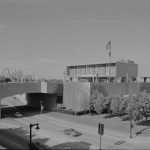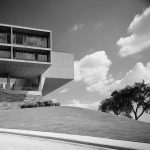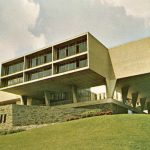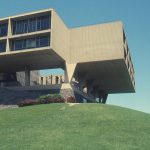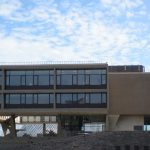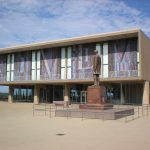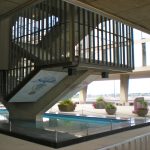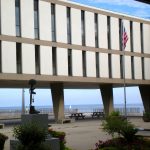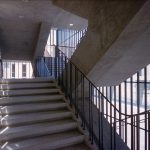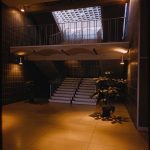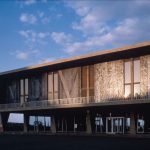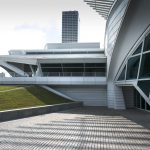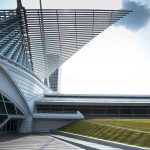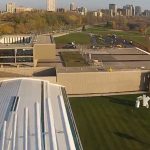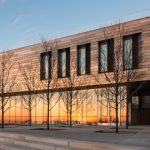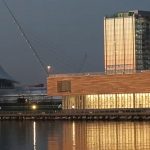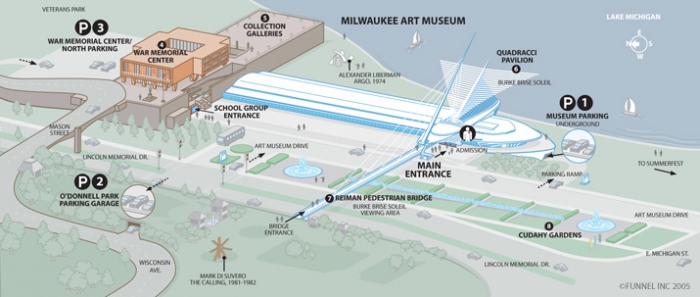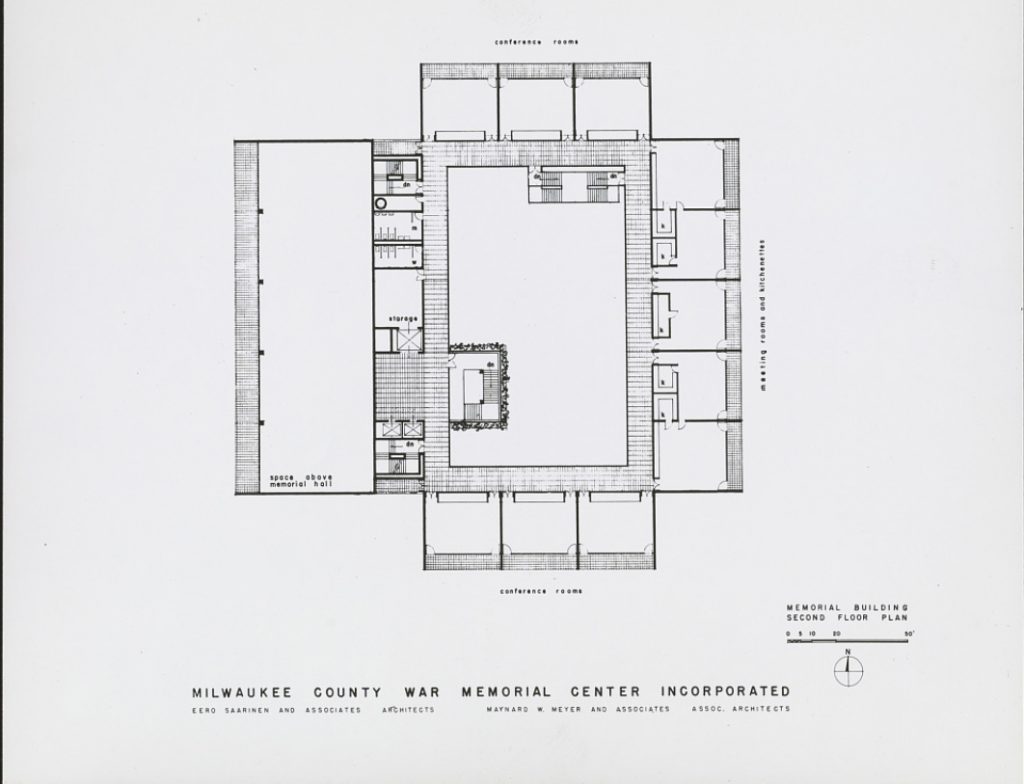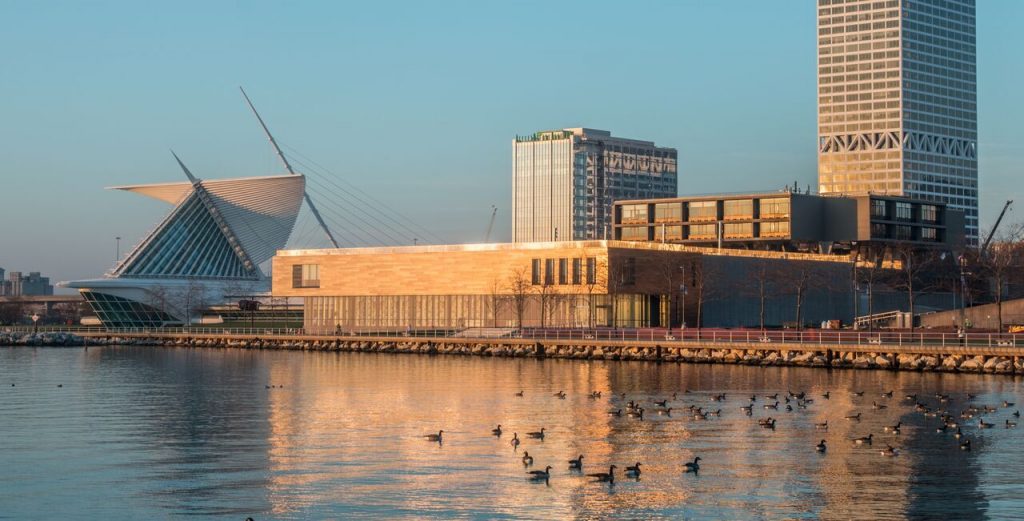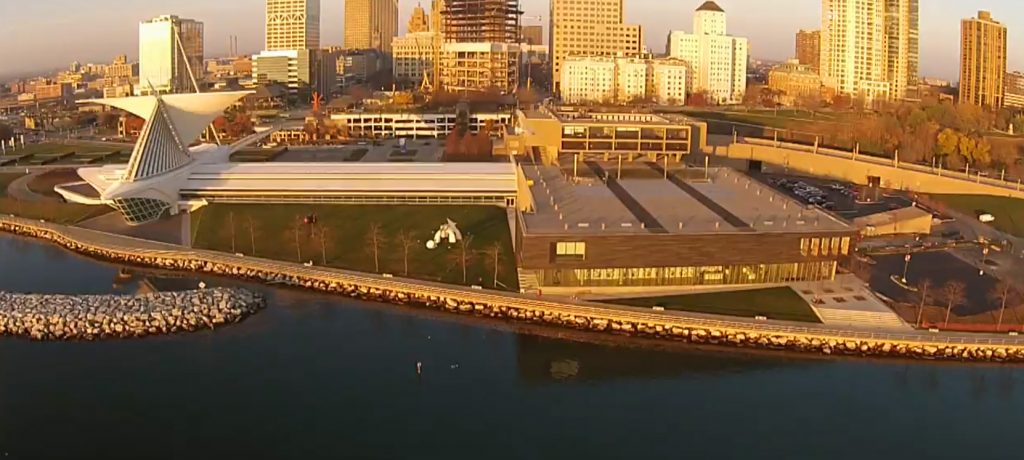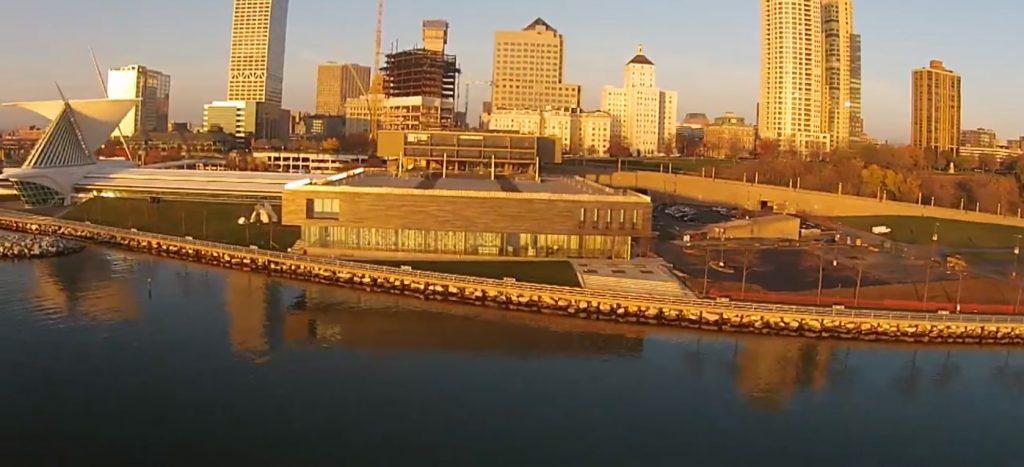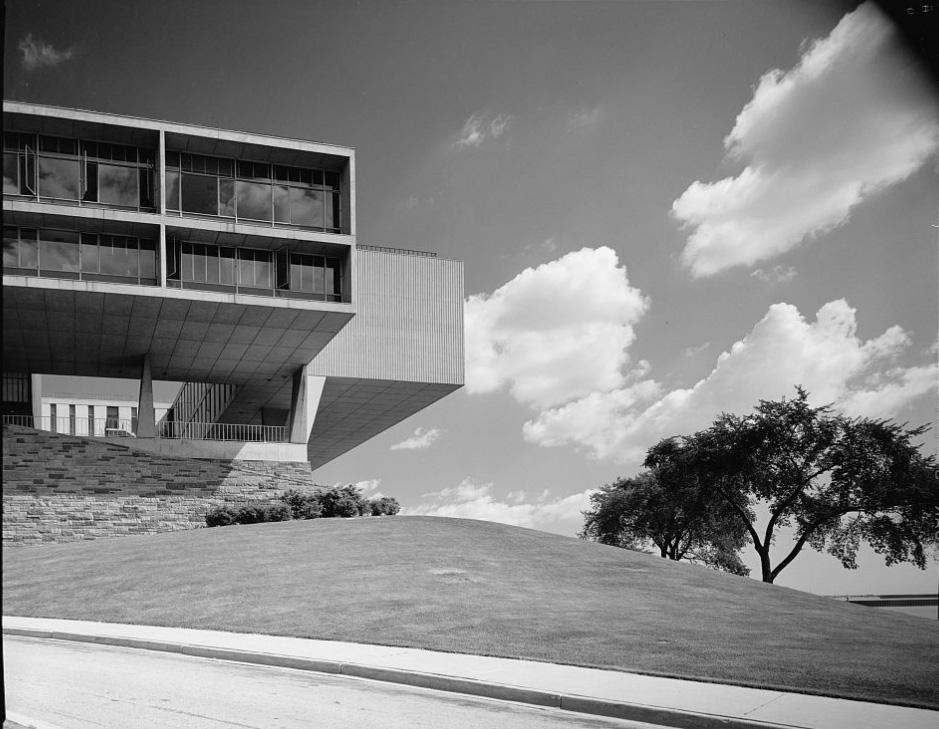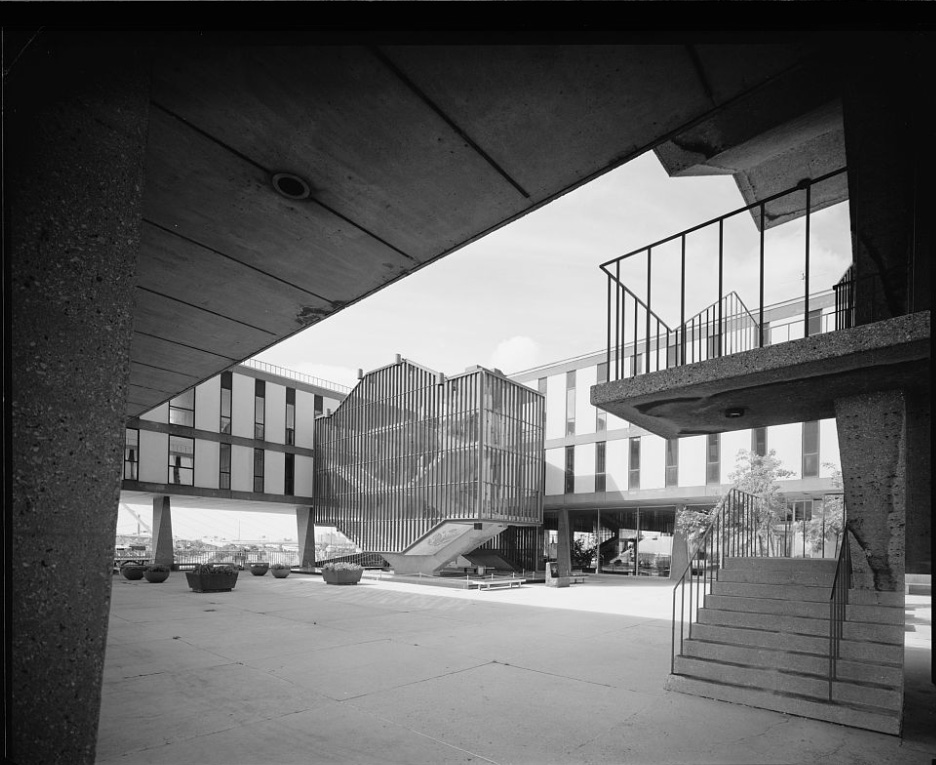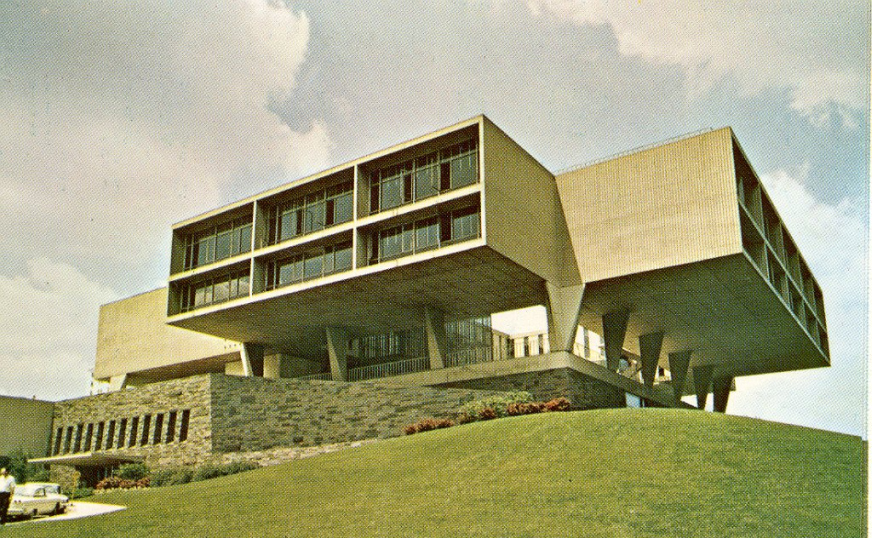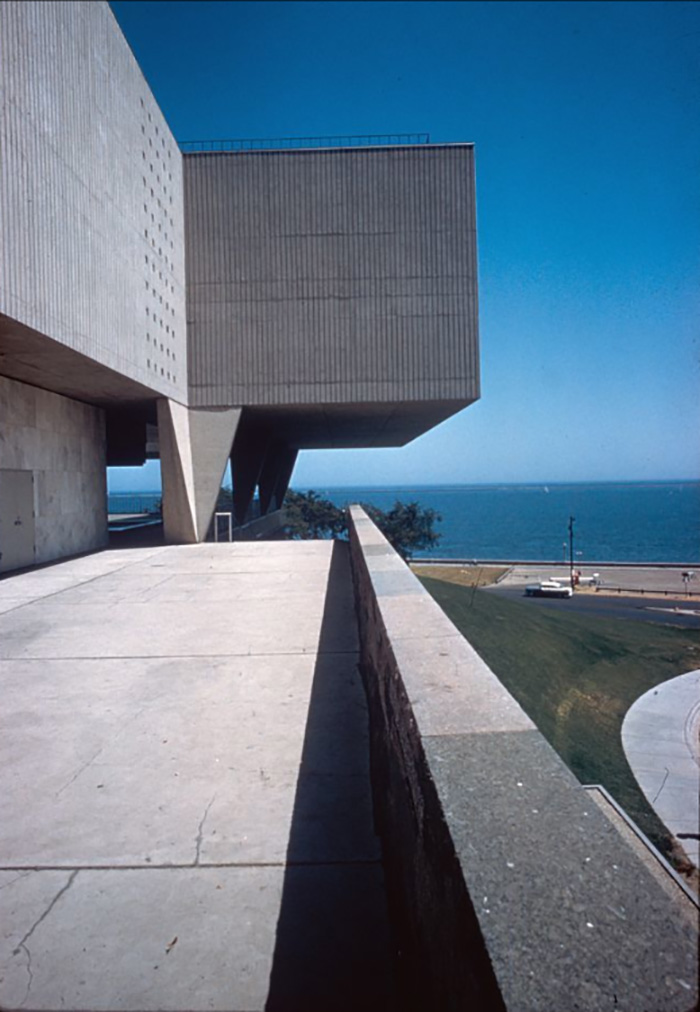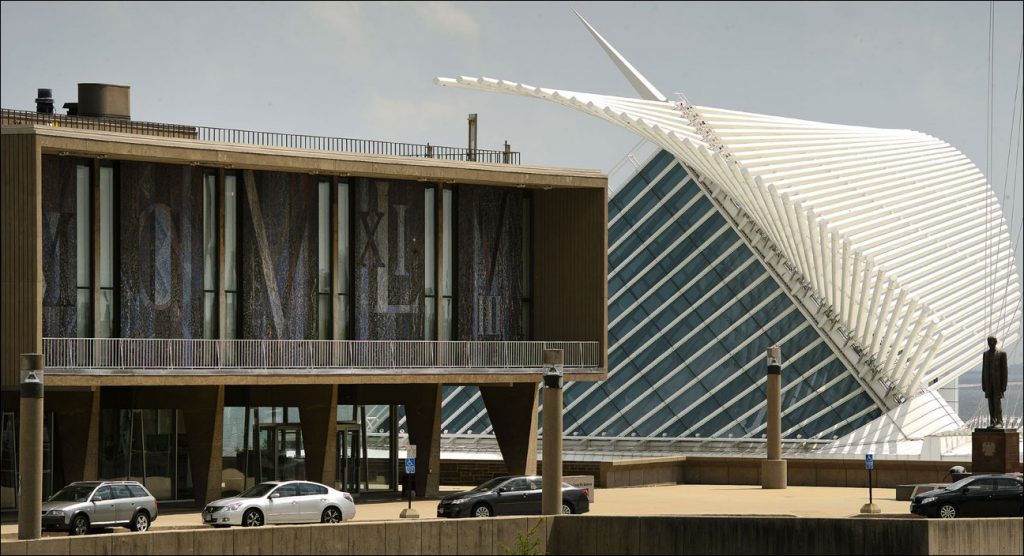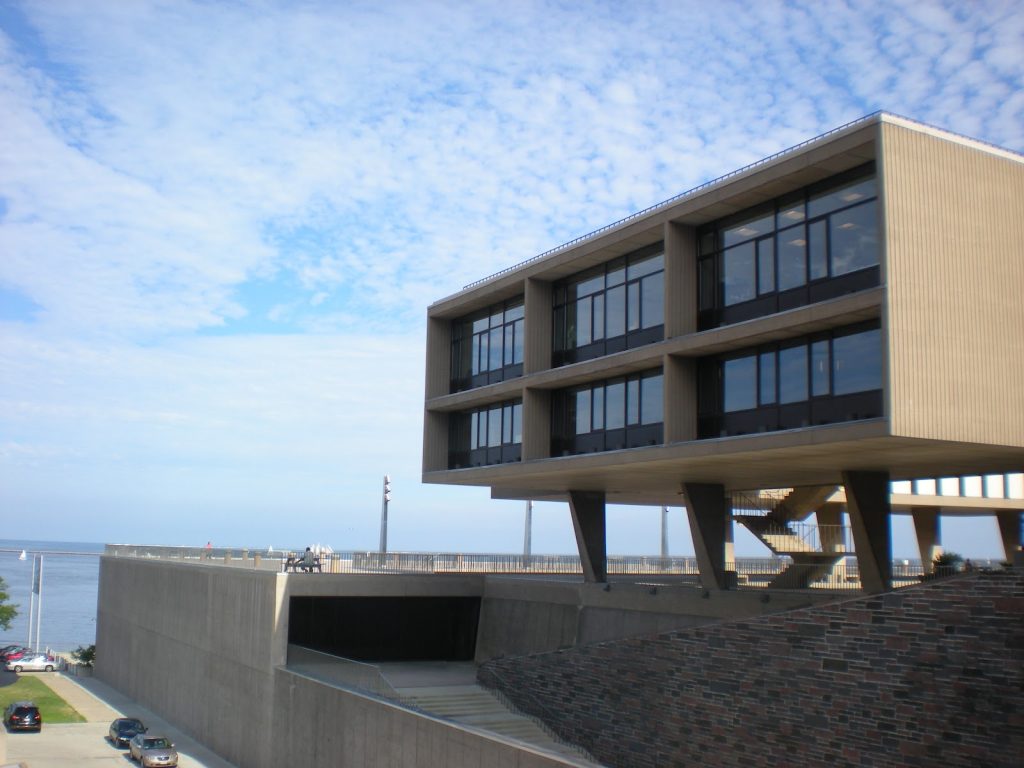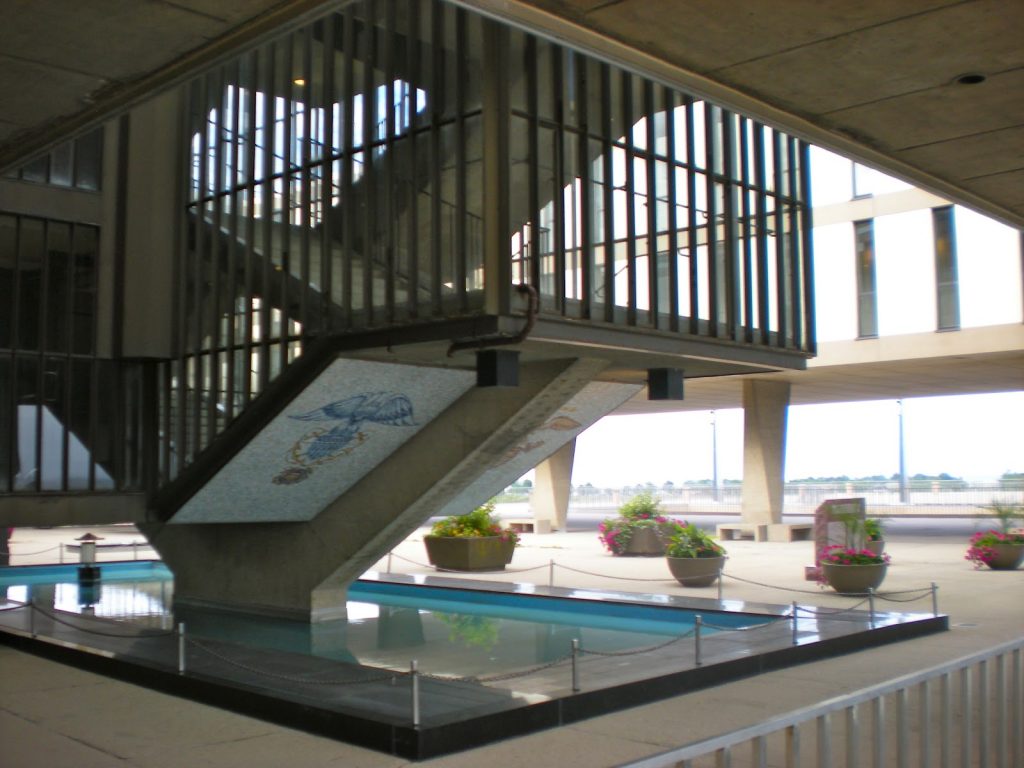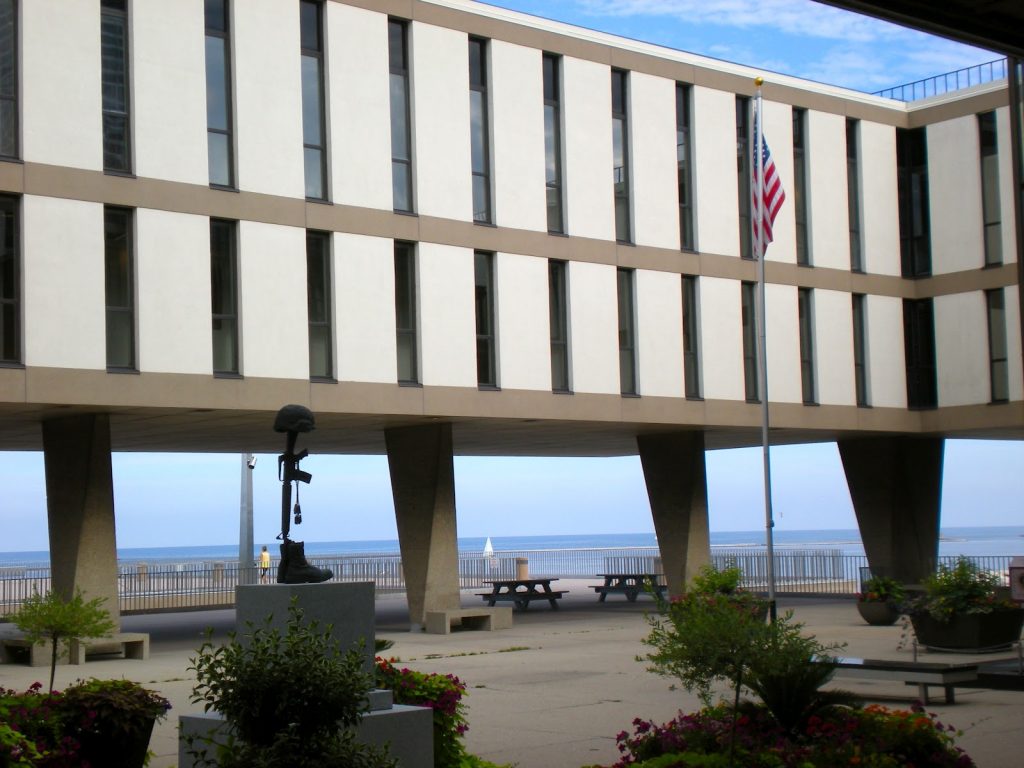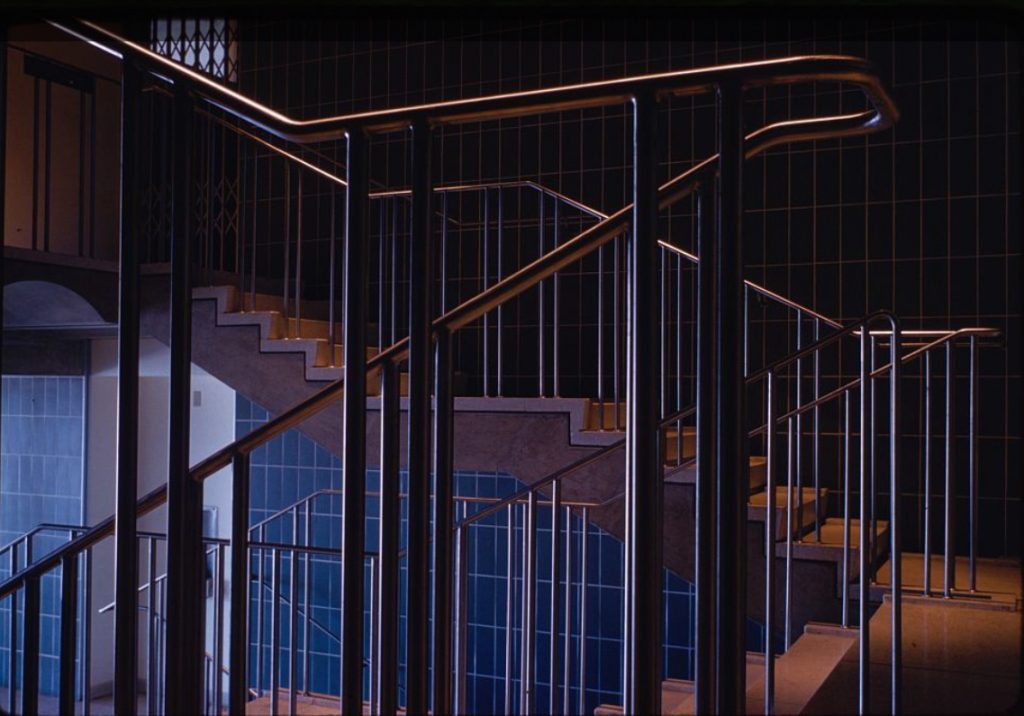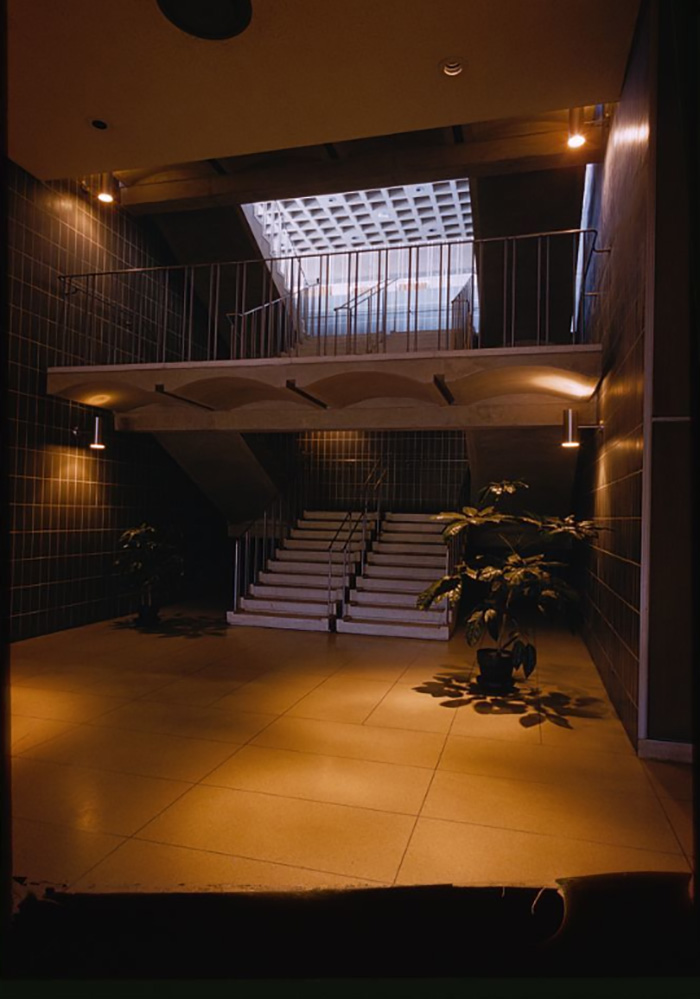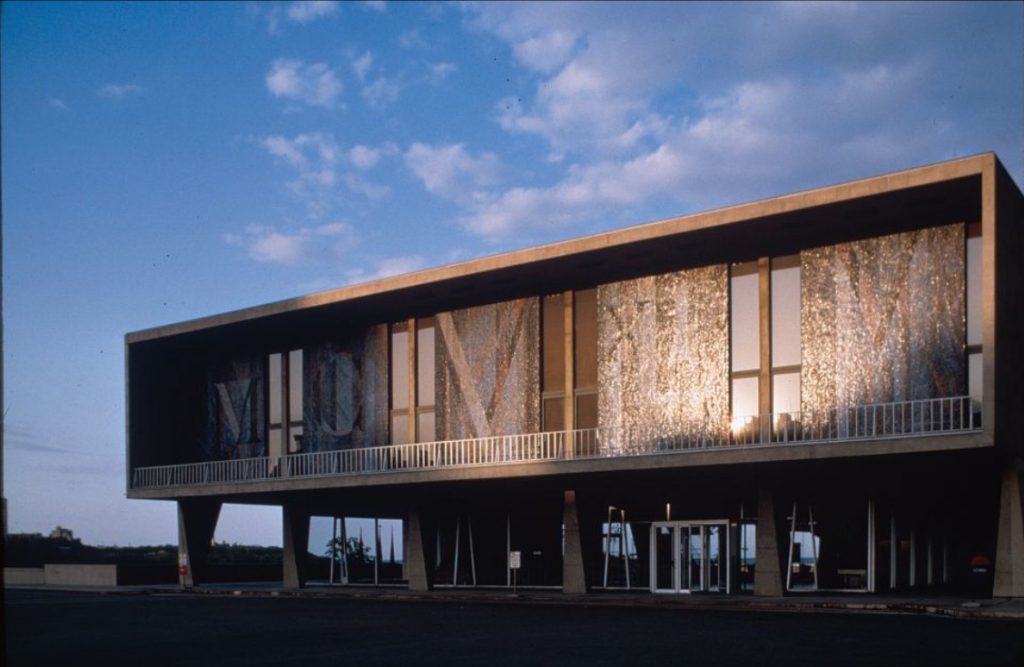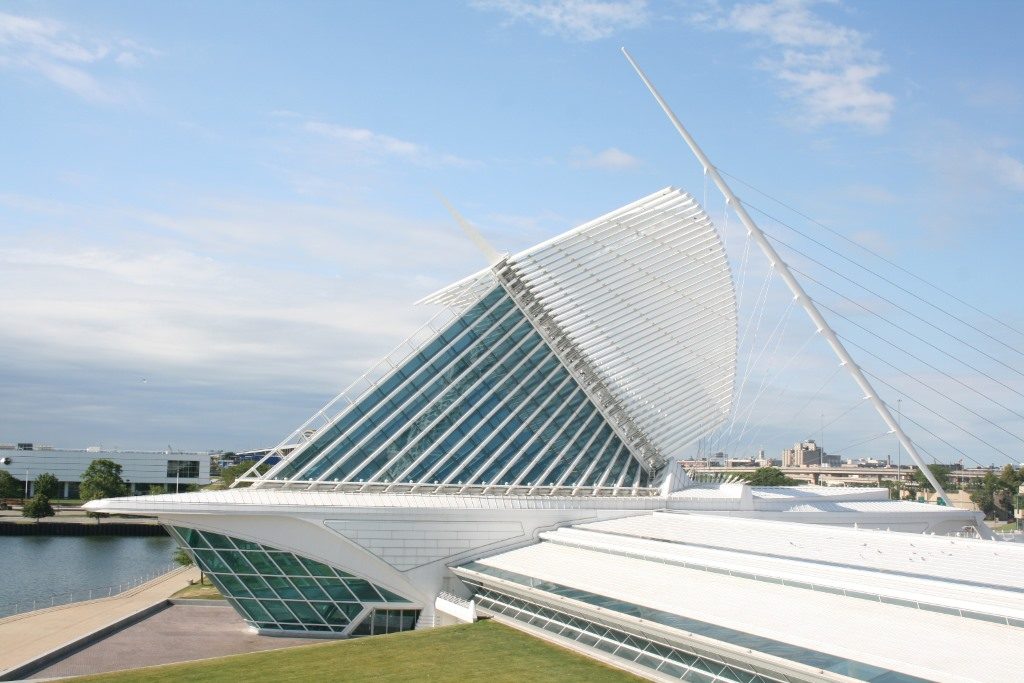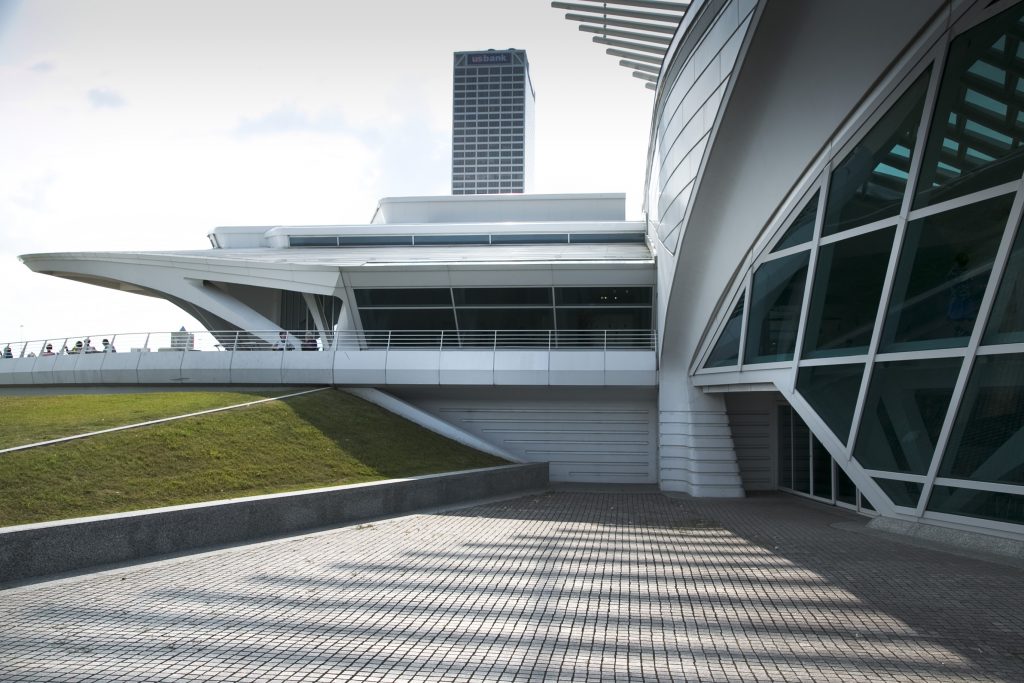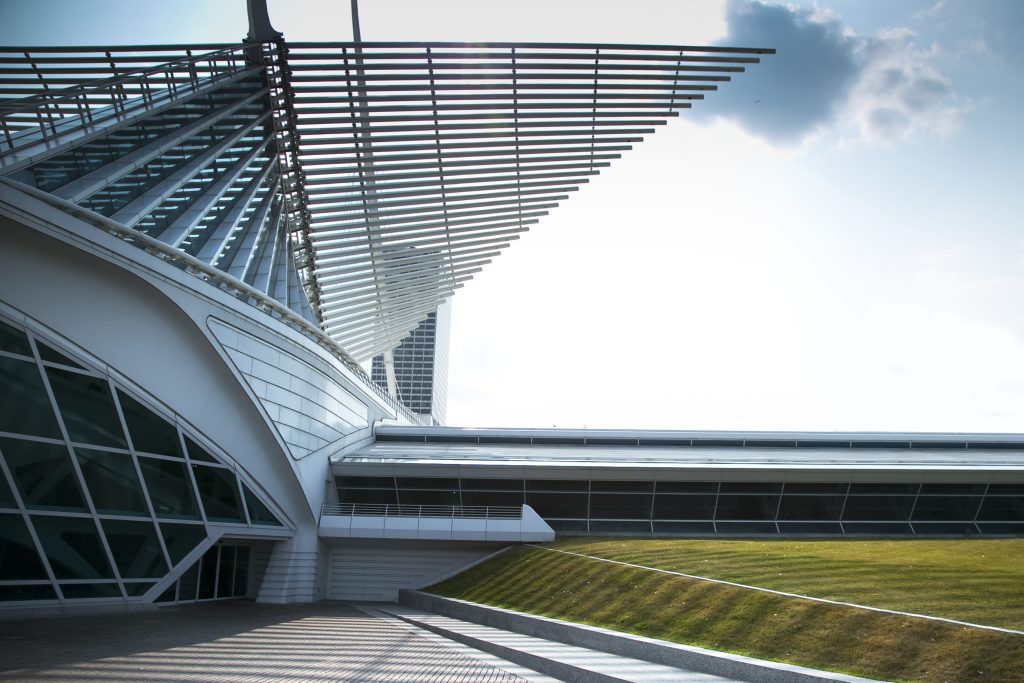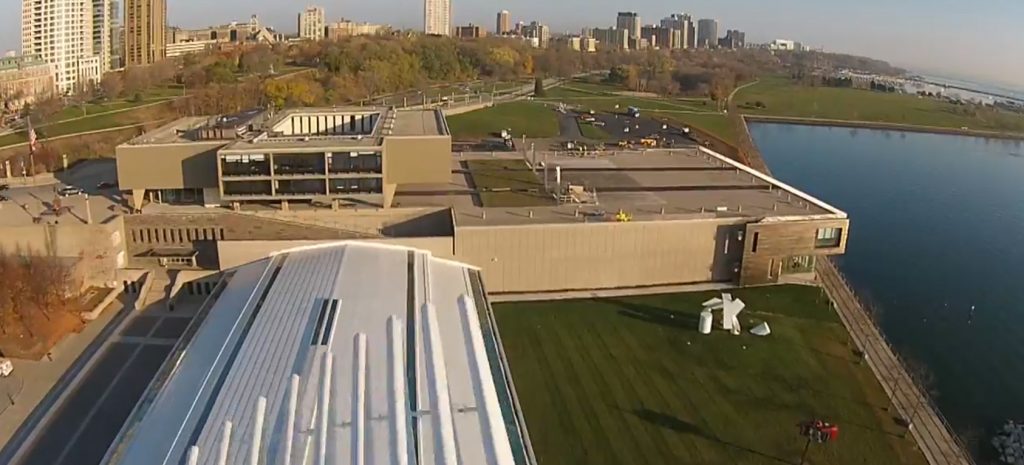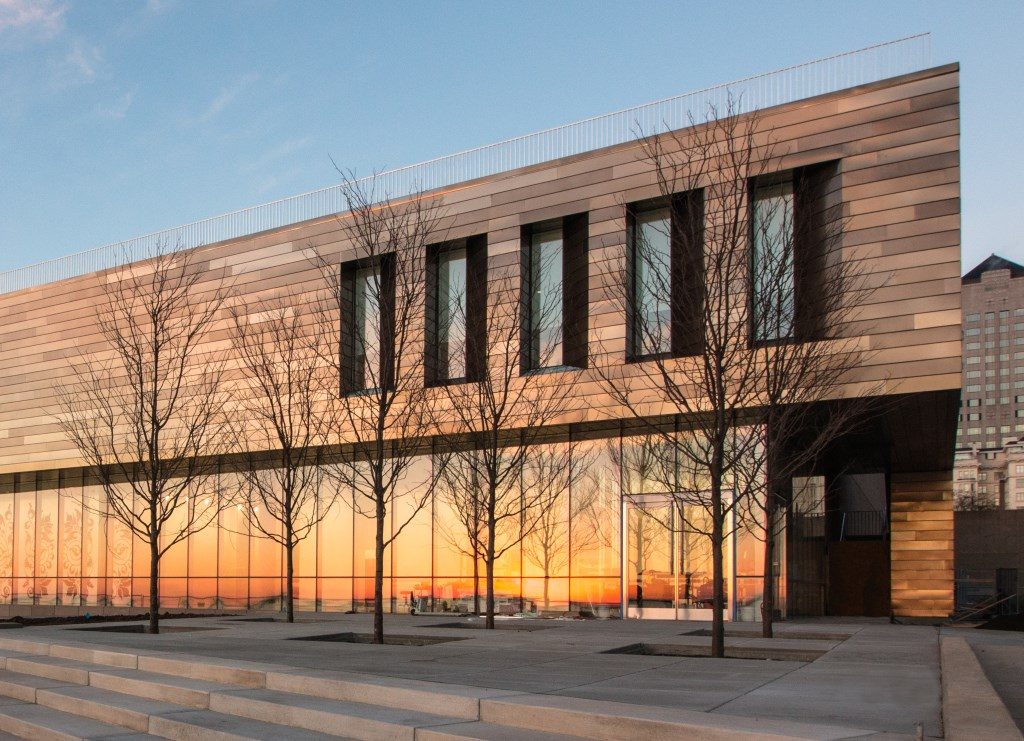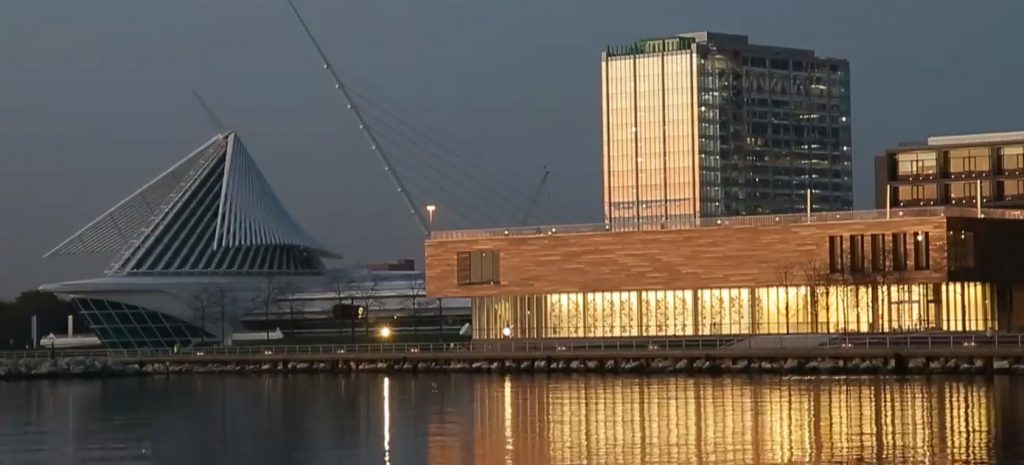Milwaukee Art Museum

Introduction
In 1888, when Frederick Layton built an art gallery other people with civic mentality formed the Milwaukee Art Association, later the Milwaukee Art Institute. In 1957, the Layton Art Gallery jointly transferred its collection from the Milwaukee Art Institute, to the War Memorial Center, designed by Eero Saarinen. From that moment the Milwaukee Art Center began to grow. In 1975 an extension of the building designed by David Kahler provided more gallery space for the expanding Collection and in 2001, the architect Santiago Calatrava designed the Quadracci Pavilion, which not only provided more space for the public meeting in the museum but also gave Milwaukee City a new international icon.
The Milwaukee Museum of Art is the largest art museum in the state of Wisconsin, housing a collection of more than 30,000 works and an impressive collection of renowned international exhibitions. In 1980 the Milwaukee Art Center changed its name to the Milwaukee Art Museum, in 1983, it was accredited by the American Museum Association.
Location
The Milwaukee Museum of Art is located at 700 N. Art Museum Drive, on the shores of Lake Michigan, in the state of Wisconsin, United States.
Lake Michigan is one of the five Great Lakes of North America and the only one located entirely within the United States. The other four Great Lakes are shared by the US. UU. and Canada. On its banks are located several ports of the different states that share it, Wisconsin, Illinois, Indiana and Michigan.
Spaces
The Museum with 31,680 m2 includes the War Memorial Center (1957) designed by the Finnish-American architect Eero Saarinen, the Kahler Building (1975) by David Kahler and the Quadracci Pavilion (2001) created by the Spanish architect Santiago Calatrava. In 2015, a new extension by Milwaukee architect James Shields was inaugurated.
War Memorial Center
After World War II, Finnish architect Eliel Saarinen was commissioned to create an artistic complex on the shore of Lake Michigan, with a museum, a performing Arts Center and a monument to veterans. The modernist structure designed by the architect was continued by his son Eero Saarinen after the architect died in 1950. When the fundraising was insufficient, Saarinen reconfigured the plan without the performing arts center. Construction began in 1955, under the supervision of Milwaukee architects Maynard W. Meyer & Associates. It was opened in 1957.
A spectacular mosaic mural on the west wall, the work of Wisconsin artist Edmund Lewandowski, honors veterans of World War II and the Korean War. Composed of 1.44 million pieces of marble and glass, the design composition contains dates from both wars in Roman numerals: MCMXLI (1941) to MCMXLV (1945) and MCML (1950) to MCMLIII (1953). The artist, Edmund Lewandowski, was a World War II veteran.
Location
The building occupies a prominent place in what is perhaps the most critical point in all of Milwaukee, the place where the intensely developed core of the city meets the opening of Lake Michigan.
Concept
Eero Saarinen made the design for the War Memorial Center influenced by the abstract geometry of Le Corbusier, incorporating many of his ideas such as lifting the building separated from the ground by reinforced polyhedral columns, removing the load-bearing walls to allow a free-form facade and a open floor plan that allows you to see the lake through. Another of the influences of the French architect is the use of squares, courtyards, glazing and terraces on the roof to allow an interaction between internal and external spaces.
Spaces
The War Memorial building was built in response to the need for a cultural center for the entire city and its three levels fulfill different functions. The outdoor area was and continues to be a focal point of gathering, especially for the center’s veterans. The first floor houses the permanent collection of the Milwaukee Art Center and the next two floors provide office space and meeting rooms.
Structure
According to Saarinen‘s description, the three-level building is a cruciform form of concrete, steel and glass floating on a pedestal that includes three main components:
- The first is the base that rises to the city level and contains an art museum.
- The second, at the city level, is the memorial courtyard, surrounded by polyhedron-shaped pillars, which support the building and also create frames for the stunning views of the lake and the sky.
- The third part is the superstructure, with a cantilever of 9.14m in three directions, which contains the meeting rooms and offices of veterans’ organizations.
Kahler Building
The Memorial Center, designed by Eero Saarinen, was built in 1957 and was designed as a monument to the fallen men and an Art Gallery. The addition of David Kahler, from Kahler, Fitzhugh & Scott, was completed in 1975, adding more spaces for exhibitions, a theater and educational facilities.
In the late 1960s, Mrs. Harry (Peg) Lynde Bradley offered her complete collection of more than six hundred works of Modern Art to the Museum. To house his extensive collection he challenged the community to build an addition to the building and donated $ 1 million for its realization. The challenge was met: in 1975, the Kahler Building opened with hugely expanded galleries. A new exhibition space was created that extends to the water’s edge.
Concept
Kahler added a concrete structure that extends to the edge of the lake, creating a plinth on the axis of the Saarinen building. The Saarinen-Kahler set stands out for its massive character: a concrete structure with rectangular geometry, connected to the city by a concrete bridge. However, despite its growing importance, the museum lacked architectural identity and functional clarity.
Quadracci Pavilion
To design the sculptural Quadracci Pavilion the architect Santiago Calatrava contemplated the original Eero Saarinen building, the topography of the city and the Prairie Style of Frank Lloyd Wright.
Calatrava’s designs are often inspired by nature, and present a combination of organic forms and technological innovation. The expansion of the Milwaukee Art Museum incorporates multiple elements inspired by its lakefront location. Among the many maritime elements in the design are: mobile steel blinds inspired by the wings of a bird, a wired pedestrian bridge with a raised mast inspired by the shape of a sailboat and a curved gallery of a single floor reminiscent of a wave.
The expansion of the Museum was made possible by the generosity of the donors, with significant funds provided primarily by Betty and Harry Quadracci in whose honor the new building was named.
Cudahy Gardens
At the time of building the Quadracci Pavilion, the Museum grounds were redesigned. Landscape architect Dan Kiley was responsible for designing a network of gardens, plazas and fountains. Its geometric patterns were adequate to integrate the site as a whole, reflecting the formal articulation of the Eero Saarinen War Memorial Center and counteracting the more organic but recurring patterns of Santiago Calatrava.
The Cudahy Gardens form a rectangle 183m long and approximately 30m wide, parallel to the pavilion. A series of hedges 3m high and a fountain with a solid curtain of water that reaches 1.22m high divide the garden into ten inclined lawns of lawns. The places at the ends have monumental fountains that spray water at 10m in the air. The gardens are named after philanthropist Michael Cudahy, whose donation made landscape design possible.
2015 Extension
In November 2015 the museum opened a new expansion. The new building was originally designed by Milwaukee architect Jim Shields of HGA Architects. When not agreeing with the museum the architect abandoned the project being finished by other professionals of the study.
The building that includes a new atrium and an entry point for visitors facing the lake was designed with cantilever elements and concrete columns to complement the existing structures of Calatrava and Kahler.
The structure, approximately 1.627m2, is formed by a cantilever upper floor on a first glazed floor and with soft angles, offering spaces for art, including a section dedicated to light-based media, photography and video installations.
The upper volume, clad in steel panels, in a range of different shades, is visually receptive to the sometimes mercurial environment that surrounds it. It can shine like gold coins with the first light and turn a grayish blue when night approaches, or adopt a mirror-like appearance that reflects Lake Michigan and its changing skies.
The windows accentuate the upper floor with deep and faceted shapes that capture the light in various ways. The small and exquisite twist of one floor over the other creates an illusion of perspective that adds to the sense of balance of the overhang.
